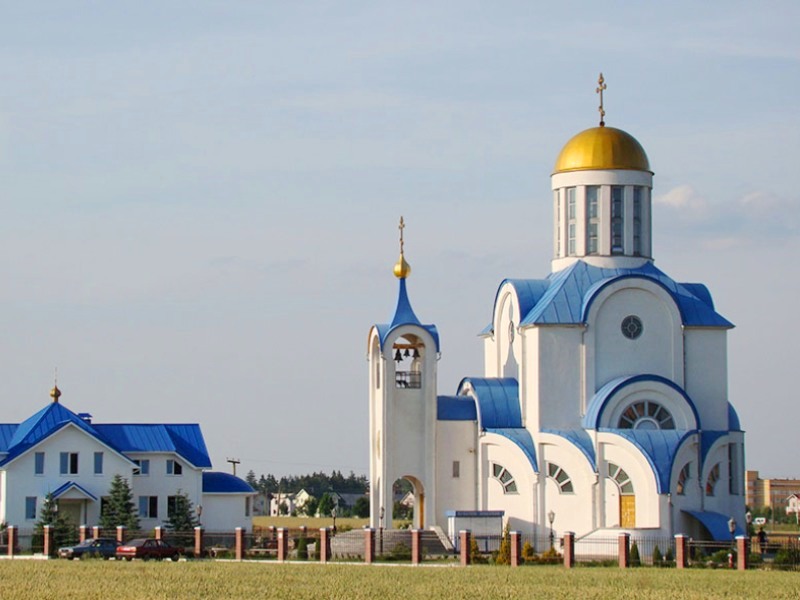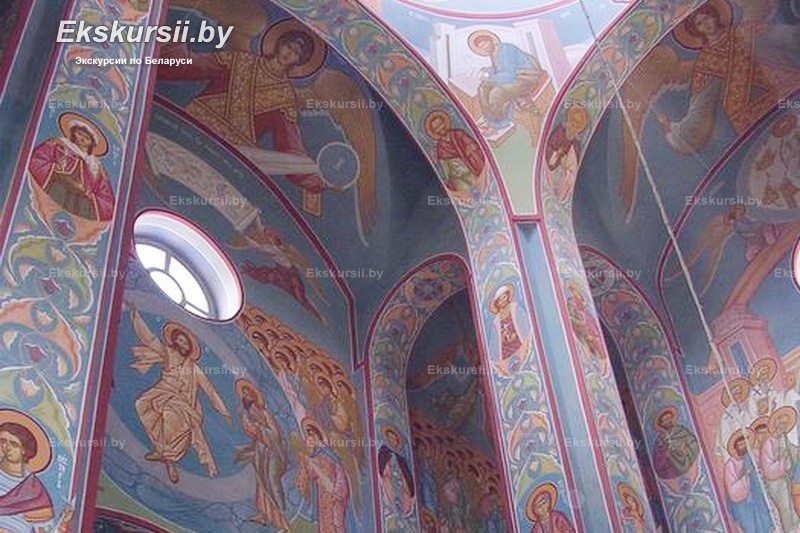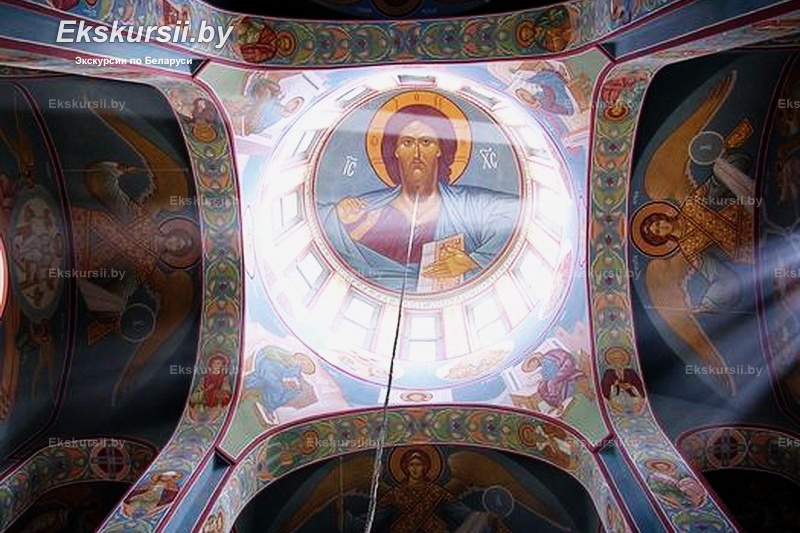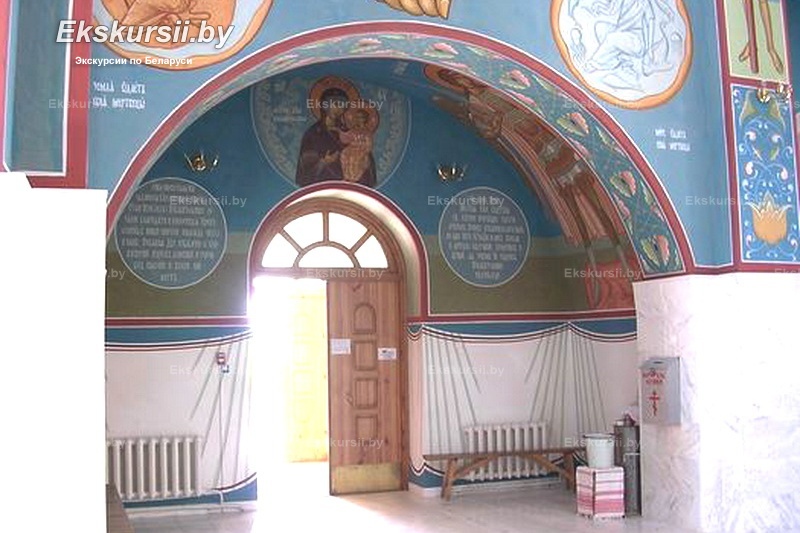The History of the Oginski Estate: A Cultural Heritage
The history of the estate is closely connected with the life and work of the famous composer and political figure Michał Kleofas Ogiński.
In the first half of the 18th century, the estate belonged to the Oginski family. In 1802, Franciszek Ksawery Oginski transferred it to his nephew, Michał Kleofas Ogiński. Here, he established a cultural center, known as the "Northern Athens." The estate hosted renowned artists, and literary and musical evenings were held. It was in Zalesye that Oginski worked on his compositions, although his famous polonaise "Farewell to the Homeland" was reportedly written in Venice.
After the composer's death in 1833, the estate gradually fell into decline. In the 20th century, it housed various institutions, including a boarding house, a sanatorium, and a nursing home. During World War II, the building was used as the headquarters of the German army.
In 2011, restoration of the estate began, and in 2014, it was reopened as a museum and cultural center. Today, it features a permanent exhibition, guided tours, and cultural events that allow visitors to learn about the life and legacy of Michał Kleofas Ogiński.
Architectural Features of the Estate
18th-19th centuries. The architectural ensemble combines elements of classicism with characteristic features of romanticism. The centerpiece is the palace—a single-story building with a mezzanine, adorned with a portico supported by four columns, giving the façade a solemn and harmonious appearance.
One of the distinctive features of the estate is its symmetrical layout, characteristic of classicism. The complex includes the main house, utility buildings, a park area, and a picturesque pond. The palace interior features elements of the Empire style, reflecting the tastes of its owner, the composer Michał Kleofas Ogiński.
The landscape park surrounding the estate is designed in the English style and is distinguished by its natural forms. The park features a rotunda, bridges, and alleys that create a cozy atmosphere and inspire creativity. The Oginski Estate is not only an architectural landmark but also an important cultural site linked to the history and music of Belarus.
Legends and Myths of the Oginski Estate
The Oginski Estate is surrounded by numerous legends passed down through generations.
According to local legends, a ghostly figure of a young woman in white is sometimes seen in the estate. It is said to be the spirit of Michał Kleofas Ogiński’s beloved, who was unable to be with him due to social differences. She wanders through the park’s alleys on moonlit nights, as if waiting for the composer, who left Zalesye in 1823.
Another legend claims that secret underground passages lead from the estate to a nearby monastery. These were used not only for escape in times of danger but also for secret meetings and negotiations. Locals say that at times, faint music can be heard coming from beneath the ground, as if Oginski himself is still playing his famous polonaise in these hidden corridors.
According to another tale, a grand piano stood in one of the estate's rooms, on which Oginski composed his greatest works. It is said that at night, when no one is in the building, the piano plays by itself, producing melodies reminiscent of the composer’s masterpieces. Some researchers explain this as natural phenomena, but romantics believe it is the spirit of Oginski returning to his beloved instrument.
Excursions to the Oginski Estate
You can embark on a fascinating journey through the picturesque corners of Belarus and visit the legendary Michał Kleofas Ogiński Estate in Zalesye as part of one of these tours: Belarusian Mosaic and Starovilensky Route (Zalesye-Soly-Kushlyany-Zhuprany). These tours from Minsk will allow you to immerse yourself in the atmosphere of the composer's era, stroll through the well-maintained park, and learn about the history of the Oginski family.
We recommend booking one of the tours from Minsk that includes a visit to the Oginski Estate in advance, selecting a convenient date and format. During the tour, you will not only discover fascinating facts about the life of the author of the famous "Oginski Polonaise", but you will also see the reconstructed palace interiors, the music salon, and the library. At the end of the trip, you can enjoy a walk through the park that once inspired the composer to create his masterpieces.



